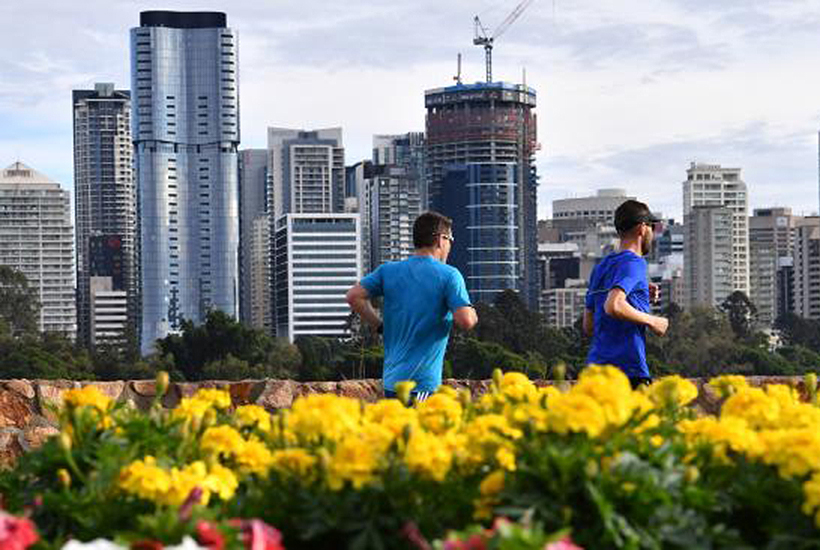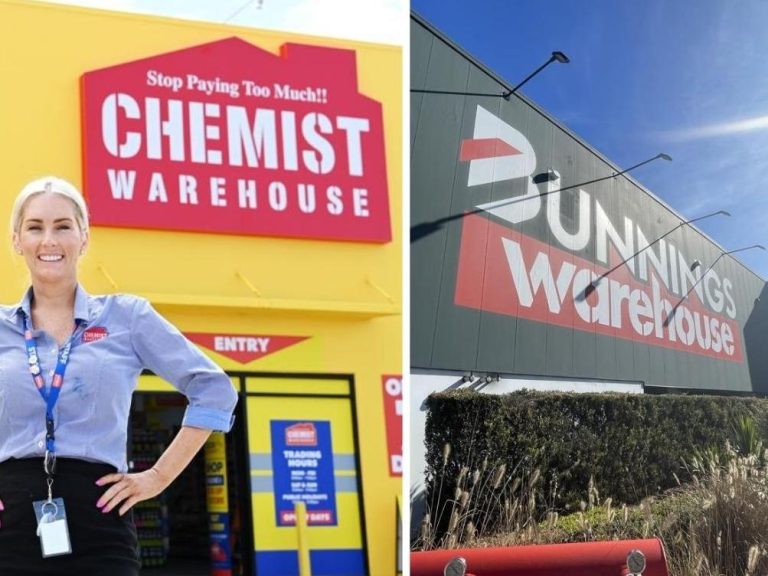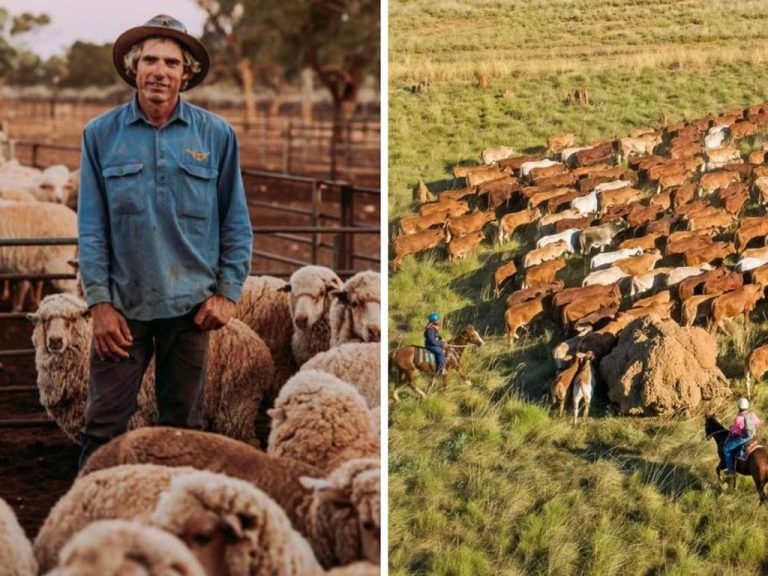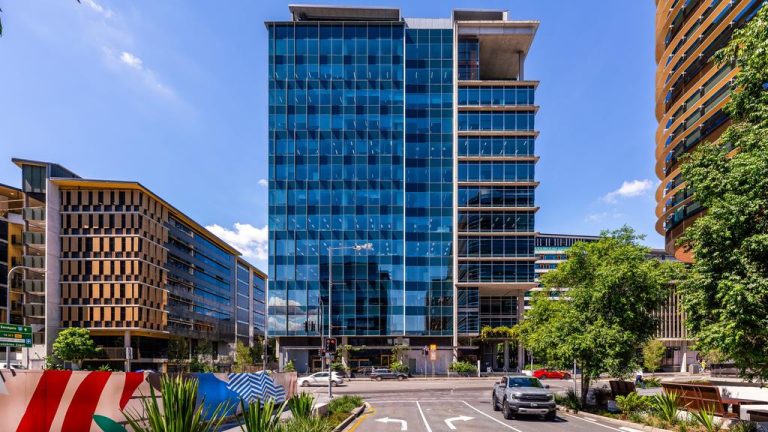Soaring predictions for Brisbane leasing market

Brisbane’s commercial leasing market is forecast to generate double-digit rent rises in coming years in a sign the city’s office sector is staging a recovery.
Knight Frank’s Global Cities 2018 report has found the Queensland capital is on track for 16.5 per cent growth in prime office rents by the end of 2020 — the second-strongest increase across the Australia Pacific region — ahead of Melbourne’s expectations of 7.4 per cent growth and Sydney’s 5.8 per cent.
Technology, media and telecommunications industry expansion around the region is expected to spur demand for commercial space and drive rental growth across major Asian cities.
Commercial Insights: Subscribe to receive the latest news and updates
Minor declines in rents are forecast for China’s dominant cities of Beijing and Shanghai, however, given an increase in supply.
In Australia, the Queensland capital’s office market is in the early stages of recovery after rents and occupancy rates fell significantly following the mining-construction investment boom.
Knight Frank’s joint head of office leasing in Queensland, Campbell Tait, says the Brisbane CBD had turned a corner, but he did admit that the improvement was largely limited to the prime market.

Global office yields. Source: Knight Frank
“With the only new prime market supply for 2017 understood to be largely if not fully committed, this reduction in prime vacancy is expected to continue,” he says.
According to the Property Council of Australia, the office vacancy is 15.7%, despite improvements in the premium and A-grade markets to 11.8% and 11.6% respectively.
Secondary stock has vacancy of more than 20 per cent and has suffered from a “flight to quality”.
Knight Frank’s Mark McCann says prime rents had drifted throughout 2016 but there is increasing confidence in the city.
“The formalisation of a number of major tenant requirements such as Suncorp and ATO, along with the expectation that the state government will continue to upgrade, is bringing more confidence into the market,” McCann says. “Going forward, prime rents are expected to maintain a steady appreciation over the next three years despite the overall vacancy remaining high.”

The Brisbane market is on the up.
The recovery in the leasing market is expected to attract investment to the capital market, resulting in a tightening of yields to between 5.8% and 6.95%.
With the only new prime market supply for 2017 understood to be largely if not fully committed, this reduction in prime vacancy is expected to continue
This remains higher than the Sydney and Melbournes markets, where yields sit at 5.06 per cent and 5.25 per cent, respectively.
Strong international and institutional investor demand has increased pressure on yields in the southern markets.
Recently AMP Capital announced it had taken a 25% stake in Brookfield’s $1.8 billion Wynyard Place development in Sydney’s CBD, alongside a 24.9% stake held by its investment management client, UniSuper.
At an expected yield of close to 4.7%, it highlights the expectation of the market of yields for prime Sydney assets, Knight Frank says.
Sydney’s lack of available space is expected to fuel rental growth prospects and prime vacancy is forecast to fall to below 4% over the next two years.
In Melbourne’s CBD, where average prime effective rents have risen 8% in the past 12 months to a record high, vacancy has fallen to its lowest level in four years.
This article originally appeared on www.theaustralian.com.au/property.







